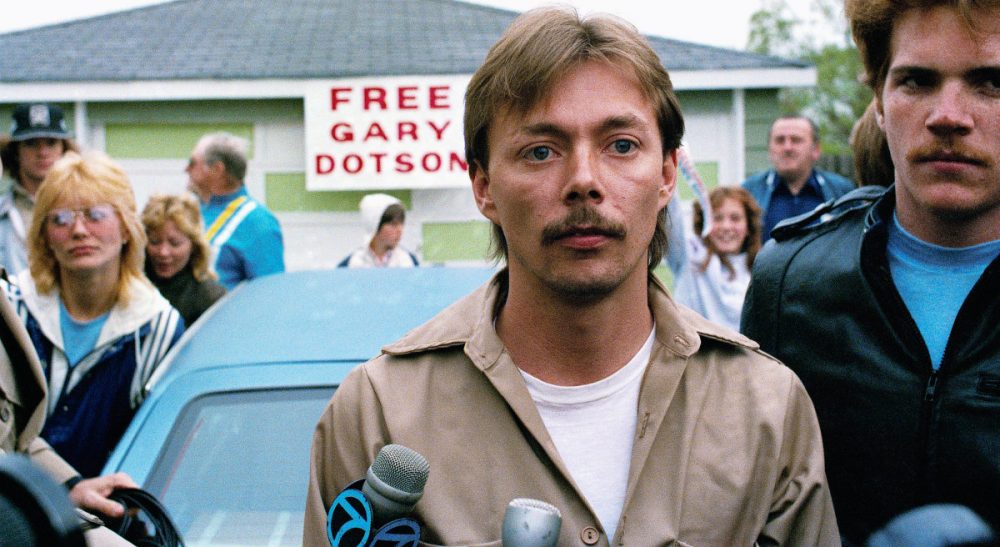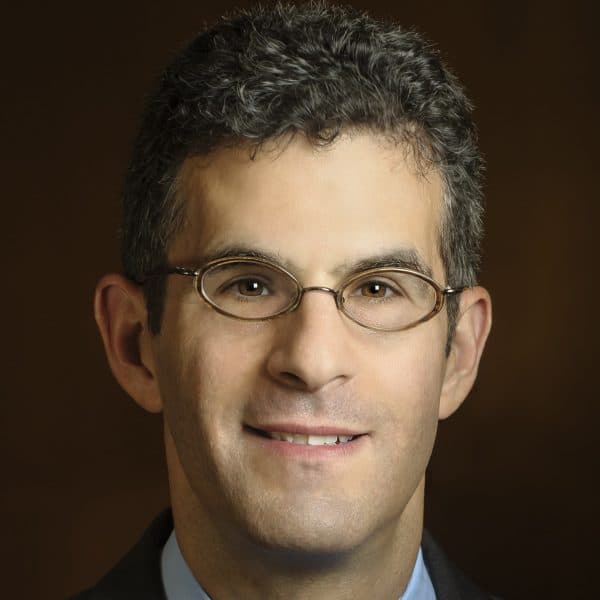Advertisement
A Quarter Century Of Righting Wrongful Convictions

Twenty-five years ago today, an Illinois court overturned Gary Dotson’s conviction for rape and aggravated kidnapping after DNA tests performed on the biological evidence in the original rape kit excluded him as the perpetrator. This was the first exoneration of an innocent prisoner in this country based on post-conviction DNA testing, and it was not the last. According to data compiled by the Innocence Project in New York City, post-conviction DNA evidence has since yielded 316 other exonerations in the United States.
Relatively simple fixes can decrease the risk of error in a criminal case....Many states have yet to install these reforms.
What have we learned from these DNA exonerations? Scholars have examined these cases in search of what went wrong. Among the chief contributors to the conviction of an innocent defendant are: eyewitness misidentifications; false confessions; poor decision-making by police and prosecutors; ineffective assistance of defense counsel; and the use of dubious forensic science. Relatively simple fixes can decrease the risk of error in a criminal case. These include: altering the manner in which eyewitness identifications occur; videotaping police interrogations; and asking prosecutors to use checklists to ensure they comply with their constitutional obligations. Many states have yet to install these reforms.
Beyond DNA exonerations, there is the issue of wrongful convictions that cannot be overturned with DNA testing. Biological evidence such as blood, saliva, skin cells and semen is found in only an estimated 10 to 20 percent of criminal cases. What’s more, this evidence is occasionally lost, destroyed or degraded.
Even when biological evidence is available, prosecutors and other law enforcement officials are not always forthcoming in disclosing it to the defense. Add to this the hurdle of testing the evidence in compliance with legal requirements, and the challenge of proving a wrongful conviction using DNA technology is even greater.
For this reason, DNA testing has not and cannot solve the problem of wrongful convictions. The same factors that led to the initial miscarriages of justice in the DNA exonerations appear in cases without any available biological evidence. Absent the authority of science, it is exceedingly difficult to overturn a wrongful conviction in these so-called non-DNA cases. Attorneys litigating them must often rely on subjective evidence of innocence. In doing so, they tend to encounter strict time limits, cumbersome burdens of proof and the pervasive skepticism of prosecutors and judges.
Absent the authority of science, it is exceedingly difficult to overturn a wrongful conviction in these so-called non-DNA cases.
The next phase of work in this field, then, is to implement lasting reforms to bolster accuracy in all criminal cases and to make it easier to present non-DNA innocence claims in post-conviction proceedings.
It may be fair to say that the Dotson exoneration a quarter century ago helped launch a revolution in criminal law: a legal, political and social campaign to rectify injustices that some have labeled a civil rights movement for this century. This revolution is far from over.
Related:
